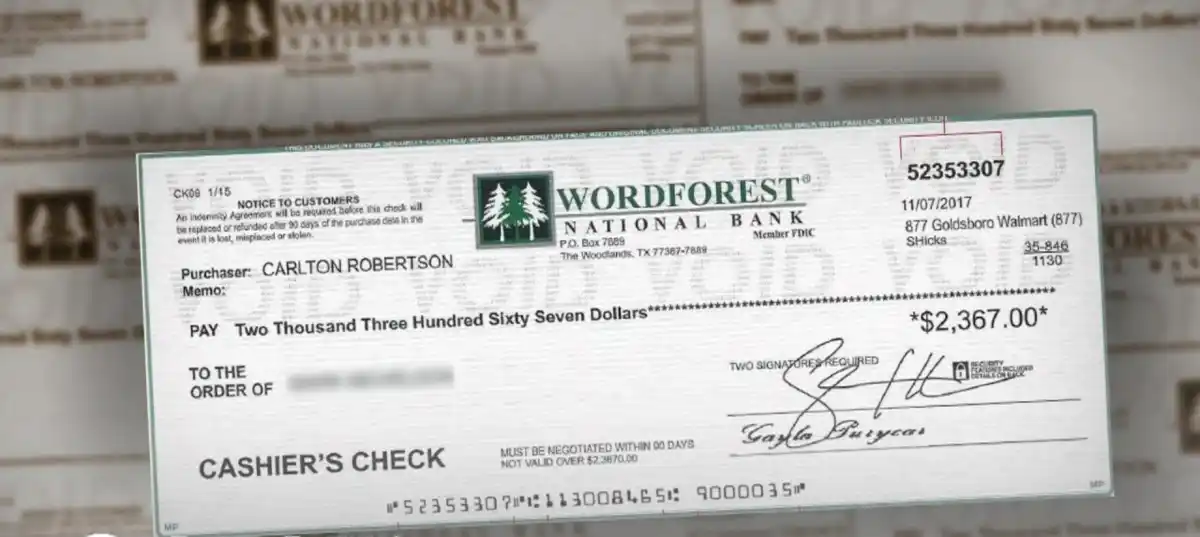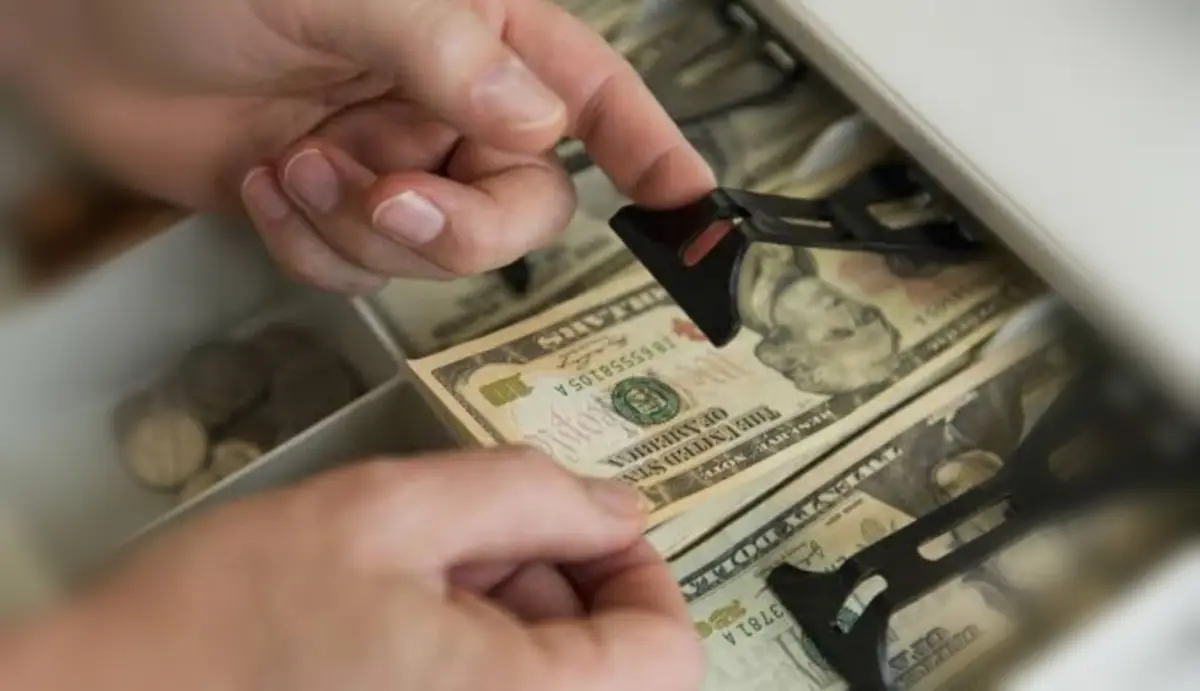This publication explains how to become a slumlord, as well as verifies whether slum-lording is worth it or not.

Unlike what you see on paper, a slumlord is a real estate investor who provides a needed service – affordable housing or rentals. Nonetheless, some slumlords take advantage of renters.
Meanwhile, you should see Chandler Smith’s video, which discusses becoming a slum lord:
A family renting an ugly home without paint but a dirt driveway does so because it is what they can afford at the time. Otherwise, they would be deep in bad financial situations due to higher rent.
As a real estate investor, you want a decent return. With low capital, investing in ugly homes is an opportunity. These homes sell for less, rent for less (not so much less) but provide more cash flow than some decent rentals.
However, the houses need more maintenance, and rent collection can be challenging. The average return is higher. Otherwise, even the most generous investors would not buy or build these properties.
Being a slumlord may not be a bad bet
Let’s say the cost of a 2-bedroom apartment is $130,000, renting for $825. An old mobile home on a lot somewhere may cost about $45,000, renting for an estimated $600.
The 2-bedroom house costs almost thrice as much, but the rent does not even double. So, which of the homes above has more cash flow?
Read also: how tenants may avoid pet rent
If you can tell the cash flow difference, then you can tell why real estate investors see ugly houses/slum properties and mobile homes (on land) as cash cows.
The downsides of becoming a slumlord are the risks and management problems. Tenants typically pay rent late, on average, and you get to do more repairs.
These reasons ensure a higher return rate, which you can get if you are ready to be called a slumlord. Just ensure good tenants’ treatment and safe rentals to enjoy the profit.
How to become a slumlord
Looking at the picture, ugly houses are an opportunity for investors and renters on tight budgets.
If you believe in slum-lording, below are the steps to be a slumlord:
-
Have the perfect location and plan
Slum-lording will not thrive in every location. As such, you want an ugly house in a place like Austin. Just do not invest in the bad part of town.
Normally, such a place would have littered streets with lots of garbage and, perhaps, vehicles on blocks. Your financing should look great though.
Regarding the plan, suppose you get a fourplex listed for $190,000. This multi-units for 4 renting for $650 each gives $2600/month ($650 x 4 units) net income.
Use the FHA’s (Federal Housing Administration) 3.5% down. Suppose the current FHA rate is 3.75%:
- Mortgage – $845
- Taxes – ~$286/month
- Mortgage insurance – an estimated $149/month
- Homeowner’s insurance – ~$67/month
Therefore, the total payment for each month would be ~$1,347.
Note: ~ means approximately.
You could consider keeping a 6-month PITI (Principal, Interest, Taxes, Insurance) of about $8,084 for any vacancies or maintenance.
Your cash flow for each month would be $1,253 ($2,600–$1,347) per month and $15,036 per year without vacancies or maintenance.
-
Set a goal
You cannot slum permanently, so set a goal to get you out of the slums sooner. You can own 80% of the property value and refinance the property as an investment property to move out of being a slum lord.
Let’s be conservative. Suppose 0% appreciation. 80% of $190,000 = $152,000.
You can make a 3.5% down payment of $6,650, then you owe $183,350. After the end of the first year, your mortgage balance will be $179,031.
At this point, if you put the $15,036 cash flow into the ugly house, your remaining mortgage balance will be $163,995 or 86% equity. After month 20, your mortgage balance will be $177,659 and a total cash sum of $25,060. You can then refinance the cash with 20% equity.
If you refinance the remaining $152,000, you get to pay a monthly note of approximately $1,037. You would have a cash flow of $1,563 per month and $18,756 per year.
-
Plan the maintenance
The figures above do not include vacancies or maintenance, making it optimistic. Do not be optimistic with yours.
Moreover, the refinancing date may not even be after month 20, it could be later, like month 24 or even 30.
Even if it takes 30 months for the ugly property to buy itself at $18,000/year, that makes it a good passive money-maker.
Just ensure that the units have working appliances, a good roof, and no foundation issues to avoid getting into trouble. All 4 units should be inhabitable by long-term tenants. Keep some money in reserve for unexpected events.
-
Plan safety first
The purpose of high-cash-flow low-income rentals is to reduce your costs to make rent low enough for the market while making a decent profit.
Equip the home with used appliances such as a refrigerator and dishwasher. Do not neglect the necessary things that keep the home safe. A dusty yard is safer than a yard with broken set of steps. Also, budget for pest control and insure the property.
You can face lawsuits if your negligence results in injury. Apart from the financial consequences, investing in safety is also a matter of human decency to avoid endangering your tenants.
Read also: how a co-tenant can legally evict co-tenant
The point is that your rental can be ugly if that makes it profitable to you and affordable for the renters. However, the rental must not be unsafe.
-
Be open and honest with prospective tenants
Consider your prospective tenants, they would typically not look like enough profit. But this is what becoming a slumlord is all about.
Do not also pretend to have something more than the ugly house offers. Suppose there is a dump. Prospective tenants can see that, so honestly admit it and be open about the condition of the home, which makes rent low.
Do not pretend the ugly property is not making the money. Your tenant should understand that profit is the goal. Make it clear that if your tenant can pay more, you would be willing to raise the rent and make improvements.
Be respectful, do not be the typical slumlord. Your tenants see what they have, and are only living there until they can afford a better home.
Meanwhile, you will get the worst tenants if your rent is above the market. Only tenants rejected due to issues such as non-compliance or lease violation would be willing to overpay for your apartment.
Try to price your units at or a little below market to have a pick of good tenants.
-
Prepare for the unexpected
You want to keep some money aside in a contingency account. Suppose the furnace dies, you would have to immediately have it fixed or replaced.
And if a tenant had to choose between paying the rent and buying medicine for their sick child, you know what that means. You would want to ensure the child’s safety first before rent, which could be due to the living conditions.
Read also: perhaps, suing landlords for bad references is a bad idea
Neighborhood or location can be a problem
Owning a slum property in a bad neighborhood seems like a great deal on paper. However, you will experience an ongoing pattern of unexpected costs you cannot account for if there is high crime.
For instance, if your rental is surrounded by group of delinquents, you will have a problem keeping tenants, which leaves the house vacant for thieves to strip it of everything, including the AC, plumbing, and copper at the first opportunity.
It can be challenging to find a property manager, they are even afraid for their safety. You would also have to pay more for home insurance.
The police will hardly be of help since tenants are scared of filing a complaint. As such, they would be continually harassed until they are forced to move out, leaving the property vacant and exposed to theft.
Your ugly house can end up costing more than it is worth. Piling unexpected costs cut off whatever profitability you expect from the rental, and running the numbers is not nearly enough.
As such, before you become a slum-lord, research the crime level in the neighborhood. If possible, obtain a CLUE (Comprehensive Loss Underwriting Exchange) report, showing any previous property insurance claims made against the property.
Also, ensure that enough reputable property management companies would feel safe enough to manage the property. Finally, due diligence and research are the keys.




